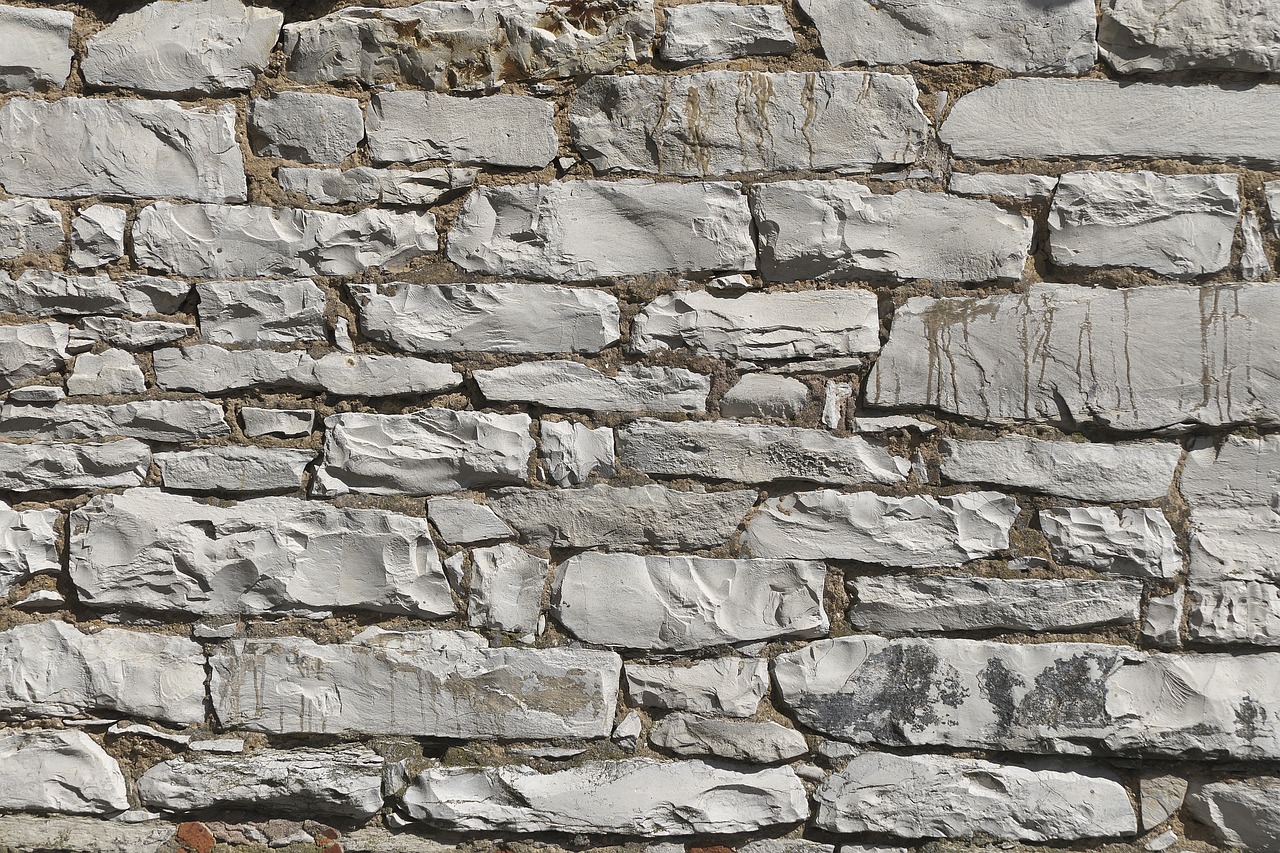Contents
Introduction
Stone, one of nature’s most enduring materials, has been employed in building and interior design for centuries. Giants like the Pyramids of Giza and Stonehenge were constructed using stone—the former still stands as a testament to its enduring appeal. Today, interior designers continue to incorporate stone into their designs to create spaces that exude natural beauty, longevity, and sophistication.
Understanding Stone in Design
In the realm of interior design, stone plays an integral role in shaping the ambiance of a space, adding texture, warmth, elegance, and eco-friendliness to any room. Stone is not only used for flooring and walls but is also used for kitchen countertops, fireplaces, and even furniture. The versatility of this material opens up numerous design opportunities.
Different types of stone, including granite, marble, limestone, slate, and quartz, each offer their unique aesthetic and physical properties. For instance, granite, characterized by its speckled appearance, provides a robust and hardy surface suitable for high-traffic areas such as kitchen counters. On the other hand, marble’s luxurious and elegant appearance lends itself well to sophisticated living spaces or bathrooms.
Tips on Using Stone in Interior Design
Let’s explore some tips and tricks on using stone when designing your interiors.
Selecting the Appropriate Stone
Choosing the right type of stone is dependent on a few factors. Consider the room’s function, the amount of traffic it gets, and what aesthetic you’re aiming for. As mentioned earlier, granite is perfect for high-traffic areas, whereas a softer stone like marble may be more suited for less frequented spaces.
Blending with Other Materials
Stone pairs well with various other materials, including metal, glass, and wood. Working with these combinations can lead to balanced and harmonious interior designs. For example, a sleek marble countertop contrasts stunningly with wooden cabinets in a kitchen. Remember, the goal is to create a harmonious interplay between natural ruggedness and refined elegance.
Maintaining the Stone’s Integrity
Although stone is generally durable, it isn’t indestructible. It’s crucial to take measures to maintain the stone’s integrity, especially in areas like the kitchen where spills are frequent. A protective sealant for your stone surfaces can prevent staining and ensure longevity.
Temperature Regulation
Stone inherently holds chill, which can be an advantage during hotter months, but it may be less appealing in colder weather. Consider underfloor heating in stone-floored rooms to counteract the coolness.
Tweaking the Texture
Don’t be afraid to experiment with different finishing processes for stone surfaces. Each finishing process, from honed to polished, gives its distinct texture and appeal to the stone.
Conclusion
Using stone in interior design is not only about longevity and durability, but also about creating a timeless and classic design. With its natural elegance and versatility, stone allows designers and homeowners to create spaces that reflect their unique aesthetics.
From choosing the right stone type to pairing it with other materials and finishes, these tips and tricks will assist you in incorporating this noble material into your design. Step into the realm of stone design, and you’ll find yourself working with a material that connects you not just with nature, but also with the timeless stories of our collective human heritage. Therefore, in the hands of the thoughtful designer, stone is not just a material—it’s a language.




